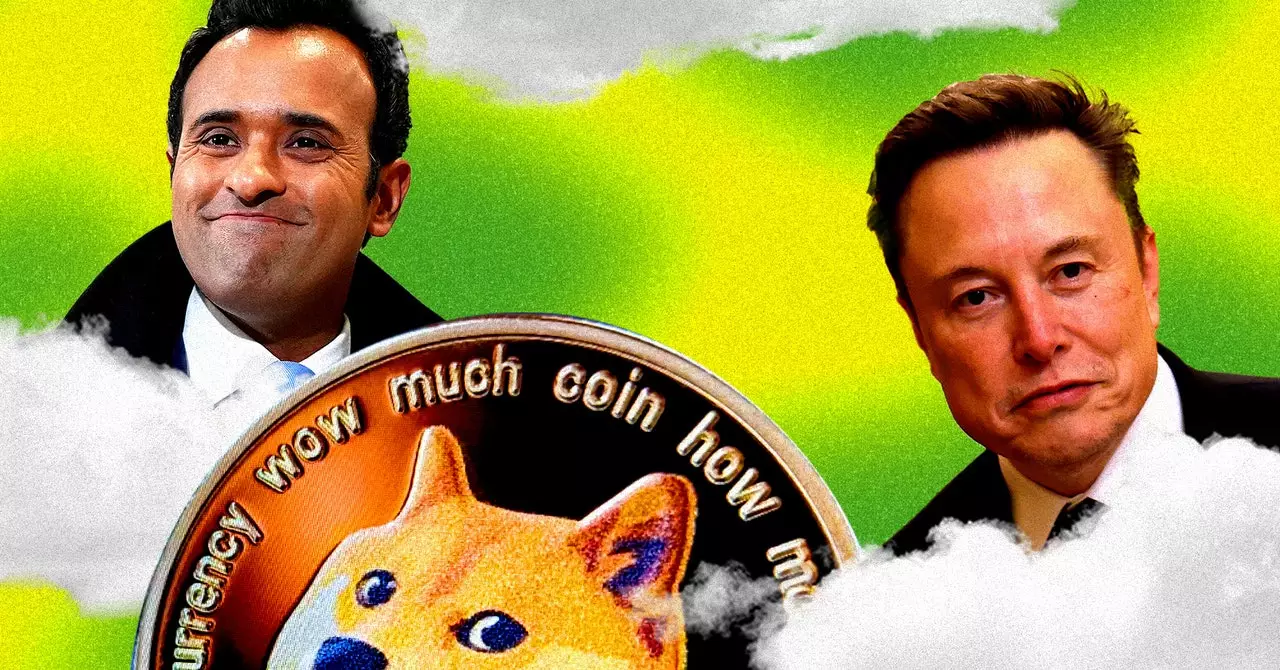In a digital age dominated by technological marvels, cryptocurrency stands out as a particularly fascinating phenomenon. At its core, cryptocurrency represents not just a form of currency, but a radical reimagining of our financial system. With roots deeply embedded in decentralization and the digital ethos of the internet, it has sparked widespread intrigue and diverse opinions. One particular cryptocurrency that has generated substantial conversation is Dogecoin, often colloquially referred to as DOGE. Initially launched as a joke, it has burgeoned into a cultural symbol and a focal point for larger discussions about economics, governance, and technology.
While Dogecoin may appear frivolous to the uninitiated, its evolution invites us to scrutinize the motivations behind its creation. Unlike traditional cryptocurrencies, which often contain complex technological frameworks and heavy investment implications, Dogecoin emerged from a lighter context. Its branding—featuring the Shiba Inu dog meme—reflects a humorous take on the serious world of finance, making it more accessible and relatable to a wider audience.
In conversations surrounding technology and innovation, there exists a term that has recently entered the lexicon: “broligarchy.” This term conveys a unique nexus where a small, elite group of influencers—many of whom are male—dominates discussions about innovation and finance, particularly in relation to cryptocurrency and tech culture. Figures such as Elon Musk often find themselves at the center of this broligarchy, steering the conversation in ways that can dramatically impact market perceptions and behaviors.
A striking case in point is Musk’s ventures into Dogecoin. His influences suggest a subtle interplay between social media dynamics and financial phenomena, revealing how a tweet can trigger radical market fluctuations. Such interactions resonate with the wider implications of cryptocurrency’s volatile landscape, where social narratives can often shape economic realities far more than traditional market theories.
Government Efficiency and Cryptocurrency
The conversation about DOGE isn’t merely confined to its meme status or its cultural implications; it has also expanded into more serious discussions about governance. The acronym DOGE has been repurposed to symbolize the Department of Government Efficiency, linking the world of cryptocurrency with the potential for governmental reform.
This juxtaposition raises critical questions about the intersection of technology and governance. As governments grapple with efficiency in an increasingly digitized world, the application of blockchain technology becomes an intriguing proposition. Blockchain’s inherent transparency, security, and decentralization could potentially revolutionize public administration, making it a topic worthy of exploration. However, the journey towards integrating cryptocurrency into institutional frameworks is fraught with complexities, including regulatory challenges and public skepticism.
The trajectory of DOGE—both as a meme and as a serious discourse on governmental efficiency—cannot be understood without acknowledging the broader socio-economic landscape. The initial allure of meme coins often gives way to skepticism about their sustainability and long-term viability. Predicting the future of such digital assets requires an understanding not only of technological underpinnings but also of cultural trends and their impacts on the marketplace.
Moreover, speculation remains rife. Amidst the chaos of market fluctuations and meme culture, traditional financial wisdom often strains under the weight of digital innovation. This prompts further inquiry into how emerging technologies will continue to challenge established norms in both financial and governmental systems.
Ultimately, the intrigue surrounding DOGE—whether viewed through the lens of humorous internet culture, financial speculation, or governmental efficiency—highlights a new era in how we perceive value and governance in modern society. The confluence of technology and culture invites a re-examination of existing paradigms. As digital currencies evolve, so too must our understanding of their implications for the future of finance, governance, and the intricate web of human interactions that define them. This journey encourages us to reconsider both our investments and our responsibilities in fostering a more equitable, efficient, and informed society. The dialogue surrounding DOGE is a reflection of our times—one that merits further exploration, beyond the punchlines and memes.

